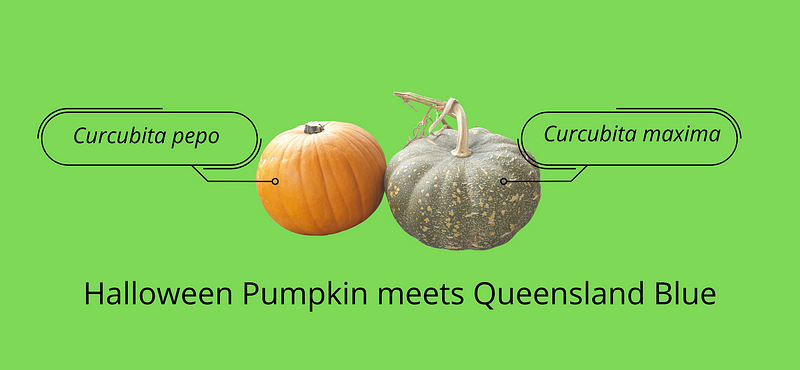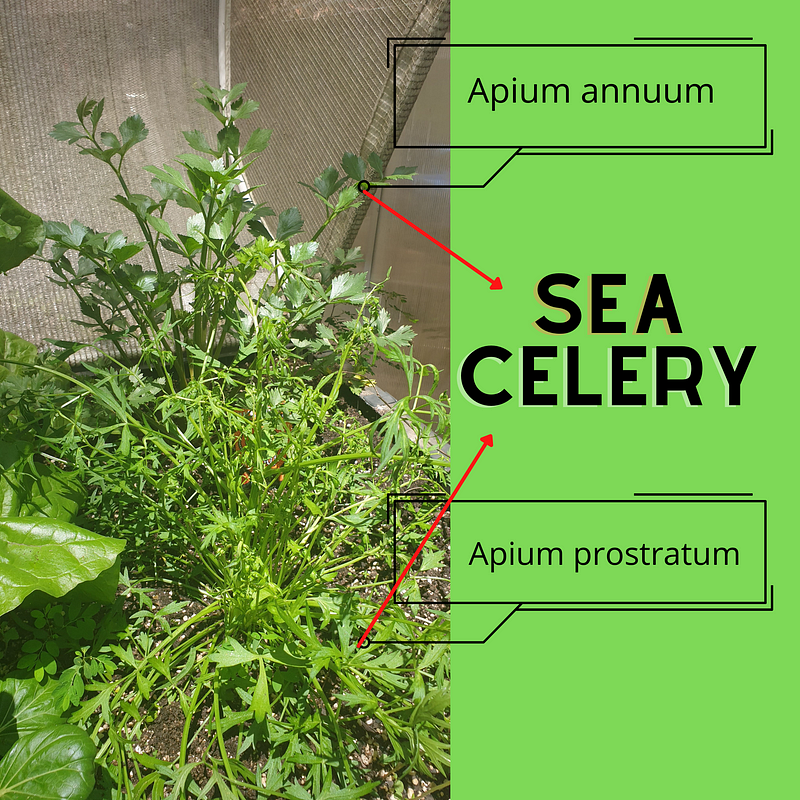The Significance of Scientific Names in Gardening Practices
Written on
Understanding the Debate: Common vs. Scientific Names
In gardening communities, there often exists a debate between those who favor scientific names and those who lean towards common names. While beginners or casual gardeners may find common names more accessible, serious horticulturists, specialists, or plant enthusiasts recognize the necessity of scientific nomenclature.
Interestingly, many people easily recall names like Tyrannosaurus rex or Homo sapiens, even though these are scientific labels. We remember these names because they lack common counterparts or because we learned them through education.

The Reliability of Scientific Names
The primary reason for using scientific names lies in the inherent inconsistencies associated with common names. For instance, a simple search for "Black Wattle" on Wikipedia reveals 17 different species, each with unique habitats and growth requirements.
Moreover, common names can differ significantly across regions and languages, while scientific names remain constant. A relevant example involved a group of Indigenous Australians who were invited to a seminar aimed at protecting the endangered Bilby (Macrotis lagotis). Many were puzzled by the name "Bilby" until they recognized it through images; they had been striving to protect this species for years using their own terminology.
Scientific names are universally accepted and based on the scientific classification of the organism. Typically derived from Latin, these names are less susceptible to the linguistic changes that affect commonly used languages.

Identifying Plant Families and Characteristics
In my own salad garden, I cultivate two varieties of Sea Celery. Both are edible, native to Australia, and belong to the same family, yet they differ slightly in flavor and texture. We often refer to plant groups by their genus name without realizing it; for example, Grevillea refers to a popular group of flowering plants.
Knowing a plant's genus can provide valuable insights into its growing conditions and potential uses. For instance, onions belong to the genus Allium, while broccoli is categorized under Brassica, and pumpkins fall under Cucurbita. Therefore, plants within the same genus share a common "first name" alongside a specific species name.
The Queensland Blue Pumpkin is known scientifically as Cucurbita maxima, while the iconic Halloween pumpkin is Cucurbita pepo. The clarity provided by scientific names becomes even more critical when determining whether a plant is safe to consume. Yarrow (Achillea millefolium) resembles Poison Hemlock (Conium maculatum); thus, accurate identification is essential for safety, especially when foraging or purchasing plants.

The Importance of Clarity in Communication
When engaging in discussions about plants, it is vital that all parties are referring to the same species. Common names can lead to confusion, whereas scientific names provide unequivocal clarity.
My recommendation? Embrace the use of scientific names! While it may seem overwhelming initially, it's merely another language. With time, your brain will adapt, enabling you to navigate this new terminology with confidence.
You might even find yourself thinking, "This looks like a curcubit. I'll plant it in a spot where it can spread!"

Video Insights on Scientific Names
This video, titled "Why Scientific Names are Important," discusses the significance of scientific nomenclature in gardening and plant identification.
In this video, "All about Scientific Names," viewers gain further insights into the structure and importance of scientific names in the botanical world.